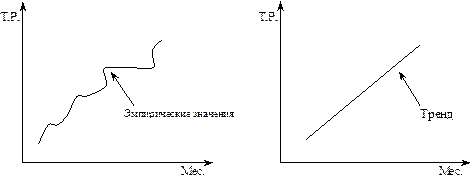ELECTRIC RESISTANCE WELDING
Purpose of the work: to study design and operation of resistance welding machines, to become acquainted with resistance welding procedure, to become skilful at welding current intensity determination and adjustment while welding specimens of various materials. Theory. Resistance welding comprises a group of welding processes wherein coalescence is produced by the heat obtained by resistance of the work parts to the flow of electric current in welding circuit and by the application of pressure. The heating may be accompanied by local melting of the metal. Three main groups are distinguished in accordance with the size and shape of formed welds: spot, seam an upset welding. Spot welding coalescence is used, as a rule, while welding overlapped sheet pieces (Fig. 5.4). The size and shape of individually formed welds are limited primarily by the size and contour of electrodes (spots of 3…12 mm in diameter). The resulting weld in seam welding is a series of overlapping spot welds made progressively along a joint by rotating circular electrodes (welding wheels) (Fig. 5.5). Flash welding is a process wherein coalescence is produced simultaneously over the entire area of abutting surfaces (Fig. 5.6). Pressure is applied before welding is started and maintained throughout the heating period.
The welding regime is determined by welding current intensity, squeeze force, time that welding current flows and hold (upset) time, as wel1 as by mutual ratio between heat and upset time. To decrease the work temperature and wear of electrodes they are manufactured of cadmium (БpKд1) or chromium (БpX) bronzes and cooled by passing water. Electric equipment of resistance welding machines consists of transformer, contactor and heat (or current) control circuits. The power of welding transformers ranges from 1 to 600 kVA. The secondary winding usually has only one turn. The output voltage does not exceed 12 V. The current intensity is from 100 to 100000 A and should be adjusted either by switching into or out of the primary circuit a given number of turns. Thus, 4…16 sets of adjustment are available for current control. The secondary circuit composed of various elements (up to the electrodes) is sometimes called the welding loop. Total resistance of the welding loop, if it has been designed correctly, should not axed 60…100 mW. The contactor is a device for repeatedly establishing and interrupting the electric power circuit. It works in step with squeezing (upsetting) mechanism. There are three basic types of welding contactors: mechanical, magnetic and electronic. Drive mechanism provides transport of electrodes or welding pieces with simultaneous squeeze of the last ones. Powerful welding machines are air or hydraulically operated (squeeze force up to 200 kN). In other types, cam or lever-spring drives are employed. Spot welding is available for sheets of the same or different thickness, intersected rods or shaped sheets coalescence. The sheet thickness may be up to 30 mm. By means of seam machines the pieces of steel or non-ferrous alloys (4…5 mm in thickness) may be joined with rate of 12…18 m/min. Flash welding provides coalescence of various articles: from the wire 0.4 mm in diameter to the rods, pipes etc with face area up to 2500 mm2. Determination of welding current intensity. A current transformer is hooked up to the primary winding of the machine transformer. An ammeter incorporated by the mentioned circuit provides the current impulse measurements. As the voltage at input U1 and output U2 transformer terminals is known, the welding current intensity I2 may be determined as follows: I2 = I1U1/U2, where I1iscurrent intensity in primary circuit, A.
|







